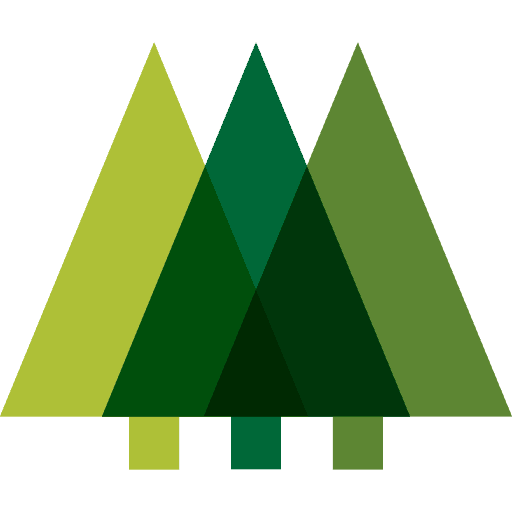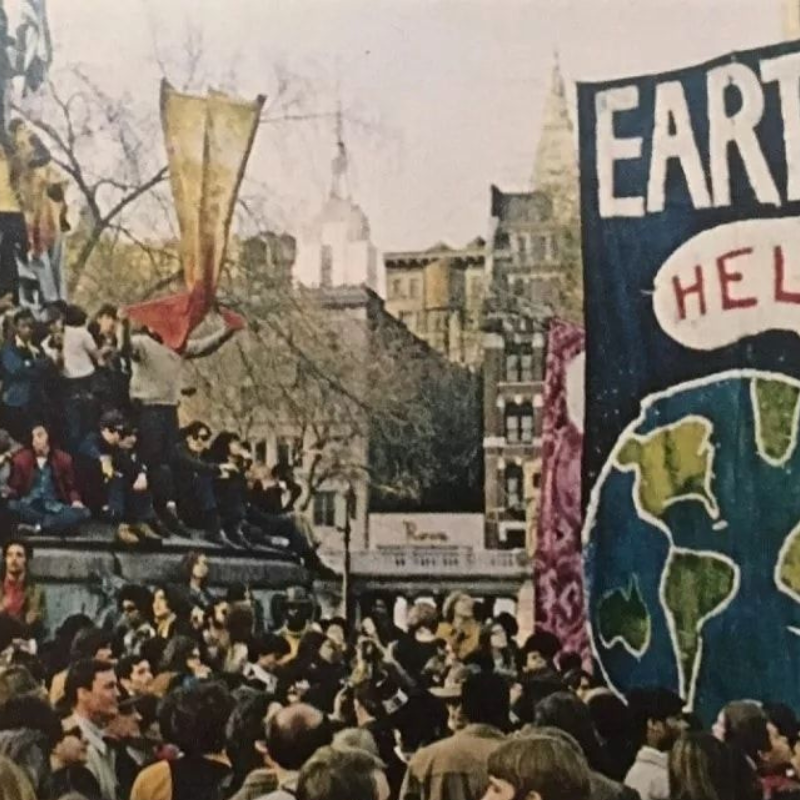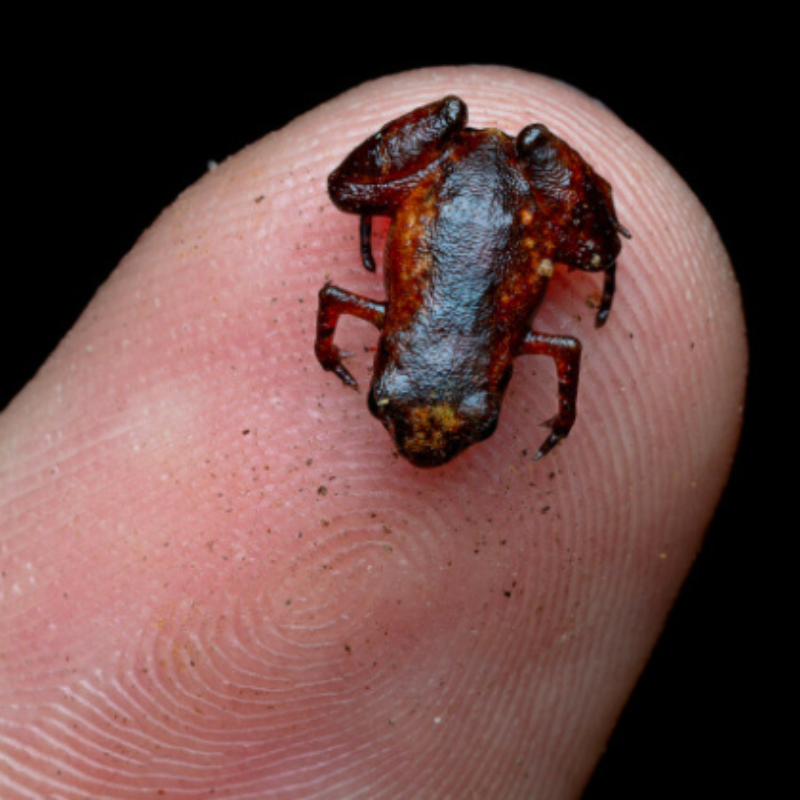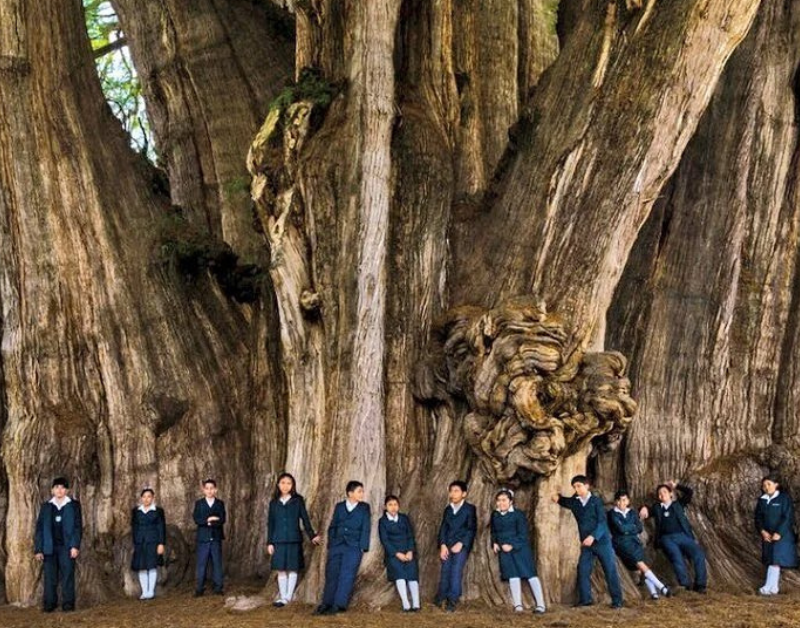Stand For Trees Certificates are measurable, verified, high-quality carbon credits that prevent carbon dioxide from entering the Earth’s atmosphere by protecting a specific endangered forest. Because every one of these forests also protects wildlife and ecosystems and supports local livelihoods, each certificate represents measurable impacts for climate, communities, and biodiversity.
Frequently Asked Questions
What is a ‘tonne?’
One tonne means one metric tonne of carbon dioxide, the greenhouse gas most responsible for climate change. Carbon dioxide traps heat, so when there are high concentrations in the Earth’s atmosphere, the planet gets warmer.
Clearing the world’s forests is the second-largest source of carbon emissions. And it destroys centuries-old ecosystems that are home to millions of species, rare wildlife, and which provide critical resources for local and indigenous communities. That’s why it’s so urgent that we protect our forests.
What makes this program so unique?
Normally, a regular person could never save a forest directly. That’s because most initiatives to save forests involve campaigns targeting policy or industry. And these may or may not be successful.
REDD+ is the only way to save a forest and guarantee the results. But again, regular people generally can’t access REDD+ credits, because they’re usually business transactions.
Until now. That’s because Stand For Trees was created to solve this problem, and to bring the power of REDD+ directly to the public.
Has this model been proven?
The REDD+ model is UN-approved has been extensively proven, and is now expanding to cover entire regions or countries. Projects meet rigorous third-party standards, and are informing and linking with these regional or national programs and policies. Responsible corporations are also addressing their unavoidable greenhouse gas emissions by investing in forest conservation through REDD+.
Is my purchase tax deductible?
Unfortunately not. That’s because in return for your donation, you receive a certificate in your name. That certificate represents measurable impacts for climate, communities, and biodiversity, through the credits that we retire on your behalf. It’s specifically for the forest(s) that you have chosen to support. And that’s why those impacts are yours and yours alone.
If you need a donation receipt, we have a few donation options for you here. But you generally won’t be able to choose which forest you’d like to support, nor will you get a certificate in your name.
What does 'retire' mean?
You may have seen us talk about ‘retiring’ a tonne. In a nutshell, this means we remove the tonne from circulation, so it’s not available for purchase anymore. It’s just like walking into a store and buying a physical product – nobody else can buy the same one.
How does this work, exactly? Well, once a project’s activities and successes are verified, it issues carbon credits for the emissions it’s preventing. Each credit represents one tonne of carbon, and has its own, unique serial number. All the credits are stored on Markit, a leading international financial registry and our partner.
When you buy a tonne, our system automatically informs Markit, which then removes the credit from circulation (i.e. retires it) by tagging its serial number to no longer be available for purchase.
Who are Code REDD and USAID?
Code REDD is a 501(c)3 nonprofit whose mission is to support and scale the REDD+ mechanism to fulfill its full potential to empower people, preserve forests, protect wildlife, and reduce emissions.
USAID (The United States Agency for International Development) is an agency of the US federal government. It works to end extreme global poverty and enable resilient, democratic societies to realize their potential. Within its Global Climate Change initiative, USAID has supported sustainable landscapes and REDD+ projects around the world. Code REDD and USAID have come together to create the Stand For Trees campaign, recognizing the vital need to spread awareness of and engagement with REDD+ to citizens globally.
How are Stand for Trees projects selected?
Stand For Trees projects are selected based on their ability to demonstrate robust impact on forest conservation and community development. Projects must hold both Verified Carbon Standard (VCS) and Climate, Community, and Biodiversity (CCB) certification. They must also hold Gold status for at least one CCB criteria. Projects and their developers must also meet Code REDD’s own Code of Conduct.
What happens to my money?
We take a small commission to cover operating expenses, and send the rest on to projects.
Why choose Stand For Trees?
Forests store millions of tonnes of carbon, host 80% of the world’s terrestrial biodiversity, and are home to about 350 million people.
Stand For Trees projects don’t just fight climate change; they also hold special certifications for protecting ecosystems and wildlife, reducing poverty, and creating sustainable livelihoods.
How do you save the planet?
We tackle tropical deforestation at its core – by preventing mature, resilient trees from being chopped down. This protects the climate, ecosystems, and communities. Our projects make a difference not only for the planet, but also for the wildlife and people that call forests home.
I hear a lot about planting trees. Why don’t you do that?
While reforestation has its merits, we are not in the business of planting trees. In a nutshell, that’s because new trees take decades to absorb a significant amount of carbon – and may never store as much as mature forests already do today. Waiting for them to reach full carbon storage capacity would be too little, too late. Plus, young forests aren’t developed enough to support wildlife, biodiversity, people, and livelihoods like the rich ecosystems in old-growth forests do. To read about this in more detail, see our extensively researched blog post here.
What 'model' are you referring to?
Stand For Trees uses REDD+, a model created by the United Nations. REDD stands for Reducing Emissions from Deforestation and Degradation, and the ‘+’ stands for all the other things we get from forests, like biodiversity, livelihoods, wildlife habitat, and much more.
What is so great about REDD+?
REDD+ puts a financial value on protecting forests, creating an economic alternative to deforestation by creating carbon credits. Because we can only bring you these credits after emissions reductions have been verified by detailed third-party audits, supporting REDD+ means buying into success – for the climate, local and indigenous communities, endangered species, and ecosystems.
How do I know I’m really making a difference?
All of our projects are certified to two industry benchmarks – Verra’s Verified Carbon Standard and Climate, Community, and Biodiversity Standard. We’re serious about saving forests in the most legitimate and effective way possible, and our pay-for-performance model and rigorous standards make sure of this.
If you buy a credit from a Stand For Trees project, you’ll receive a certificate with a unique serial number verifying your purchase. You can be sure your donation is fighting deforestation from all angles.
How much should I contribute?
Our mission is essentially to crowdfund forest protection. Thanks to our pay-for-performance model, every contribution has a real, measurable impact – no amount is too small to make a difference. Each time you donate to a Stand For Trees project, you’ll know exactly how your money is being put to use. Fighting climate change doesn’t have to be hard, and you’re in the right place if you’re looking for a way to make an impact!
Is Stand For Trees the best way to have an impact?
We like to think so. Projects are only available after they show proof of success – just like anything you might buy in a store. In other words, no success means no payment. Compare this to donating to a campaign, which may or may not result in success.
We’d also say that protecting our forests also gives you the biggest bang for your buck, because the only way to have a verified impact on climate, ecosystems, biodiversity, wildlife, and people at the same time.
If you have any further questions, please contact us at info@standfortrees.org.








